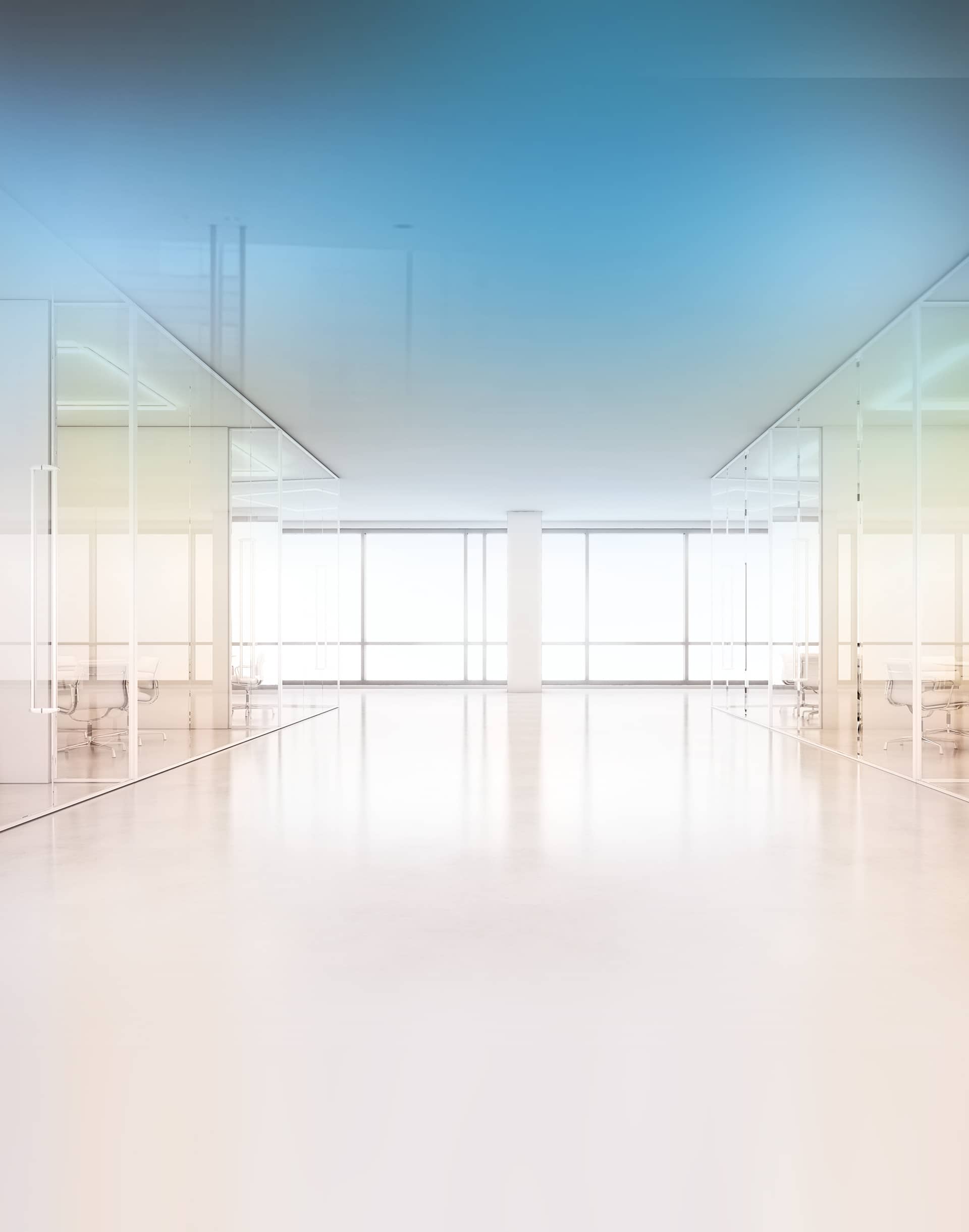How to Build a Business Identity Profile for Your Company
January 8, 2021
In order to create an effective brand, developing and maintaining a solid business identity is critical. Your business identity consists of all the visual elements that establish and reinforce your brand: logo, stationery, web design, marketing materials, signs, and more.
What is a Brand Identity?
Ultimately, this is the way your brand communicates with the world, differentiates your company from competition, and creates an experience that encourages people to engage with you. This outward expression of your brand is present in your trademark, name, communications, and visual appearance. Think of it as the way your brand looks, feels, and speaks to people. (Sometimes that even includes how it sounds, tastes, feels, and smells too!)
Elements to Consider:
- Logo
- Colors
- Typography
- Photography
- Iconography
- Data Visualizations
- Interactive Elements
- Video
- Web Design
- Physical Location Design
It Starts with Market Positioning
In marketing terms, positioning refers to how you wish your products and services to be perceived.
- Are you a low-cost provider?
- Do you charge more because you are a premium service?
- Do you provide commodities or luxury items?
- Are your customers high-end or bargain-conscious?
Make sure your positioning connects what you provide with what your customers expect, so you send the right message through your brand’s look and feel.
Your Logo is Key to a Strong Brand Identity
Building a powerful brand begins with the visuals, and creating a logo is the first step. Follow these tips when planning your logo design:
- Check Out The Competition
Do they use traditional styles and colors, or do they tend to be flashier? Think about how your logo can set you apart from others in your market. - Consider Your Business Name
Some logos incorporate the business name; others do not. If your company is relatively new, placing the company name within the logo is probably best. - Think About Where You’ll Use It
A great logo works as well on business cards as it does on packaging or the side of a truck. Consider different applications for your logo, and make sure the colors and images will look great no matter how you use it. - What Will The Future Hold?
Trendy designs that look great today may quickly become outdated. Make sure what you come up with stands out now but remains relevant ten years from now.
Create Your Identity Assets
Once you have finalized a logo, leverage it to create stationery, a website, social media, packaging, and marketing materials that always use the same color schemes and overall design.
Next, take the time to create templates for each type of collateral so you won’t have to continually re-invent assets each time you need them. Have your designer create a variety of logo sizes and file types. That way different employees can easily apply the logo to new materials. Your goal should be to assemble a library of business identity items that employees can draw from and modify as necessary.
